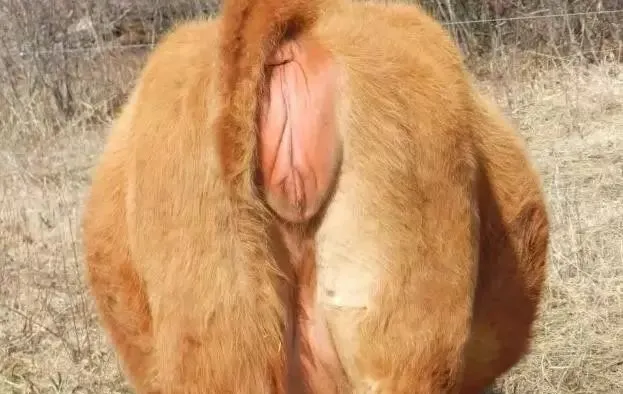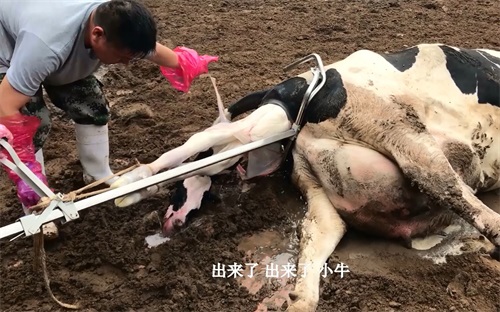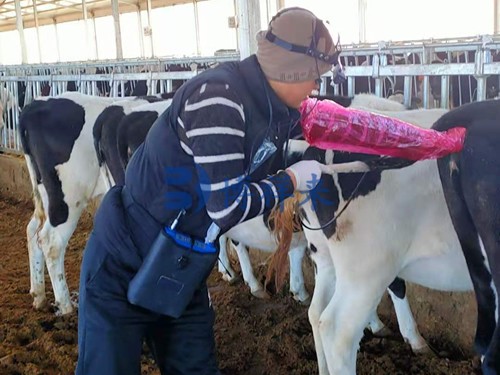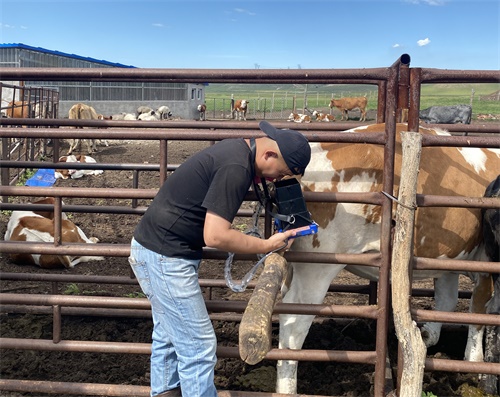Ultrasound technology has revolutionized veterinary medicine, providing non-invasive diagnostic imaging that aids in the assessment of various health conditions in animals. While its benefits are numerous, it’s essential to recognize the disadvantages associated with ultrasound in veterinary practice. In this article, we’ll explore some of the limitations and challenges veterinarians face when using ultrasound for diagnostic purposes.
1. Cost of Equipment and Maintenance
One of the primary disadvantages of ultrasound in veterinary medicine is the cost associated with the equipment and its maintenance. High-quality ultrasound machines can be expensive, making it a significant investment for veterinary clinics. Additionally, ongoing maintenance and periodic upgrades are necessary to ensure optimal performance, adding to the financial burden.
2. Operator Skill and Training
Ultrasound imaging requires a high level of skill and expertise. Veterinarians and technicians must undergo extensive training to effectively operate the equipment and accurately interpret the images. Inadequate training can lead to misinterpretations, which can result in misdiagnosis and improper treatment plans. The learning curve can be steep, particularly for those new to the technology.
3. Limited Imaging Depth
Ultrasound is most effective for examining organs and structures near the surface of the body. For larger animals, or when imaging deeper structures, the quality of the images can diminish. In cases where a thorough examination of deeper tissues is necessary, veterinarians may need to rely on alternative imaging techniques, such as X-rays or CT scans, which can limit the utility of ultrasound.
4. Patient Movement and Cooperation
Animals, especially pets, can be unpredictable and may not cooperate during the ultrasound procedure. Movement can compromise image quality, leading to less accurate results. In some cases, sedation may be required to keep the animal still, which introduces additional risks and considerations for the veterinarian.
5. Limited Diagnostic Scope
While ultrasound is excellent for visualizing soft tissues, it is less effective for assessing certain conditions. For example, it may not provide adequate information on bone structures or gas-filled organs, such as the stomach. In such cases, veterinarians may need to use complementary diagnostic tools, increasing the time and cost involved in reaching an accurate diagnosis.
6. Interference from Body Condition
The effectiveness of ultrasound can be influenced by the animal’s body condition. Obesity or excessive fat can hinder sound wave transmission, leading to suboptimal imaging results. This limitation is particularly relevant in veterinary medicine, where pets may vary significantly in size and body condition.
7. Equipment Portability and Accessibility
While some ultrasound machines are portable, many high-quality devices are not easily transportable. This can limit their use in emergency situations or in rural areas where access to advanced veterinary care may be restricted. Additionally, clinics with limited resources may struggle to provide ultrasound services consistently.









